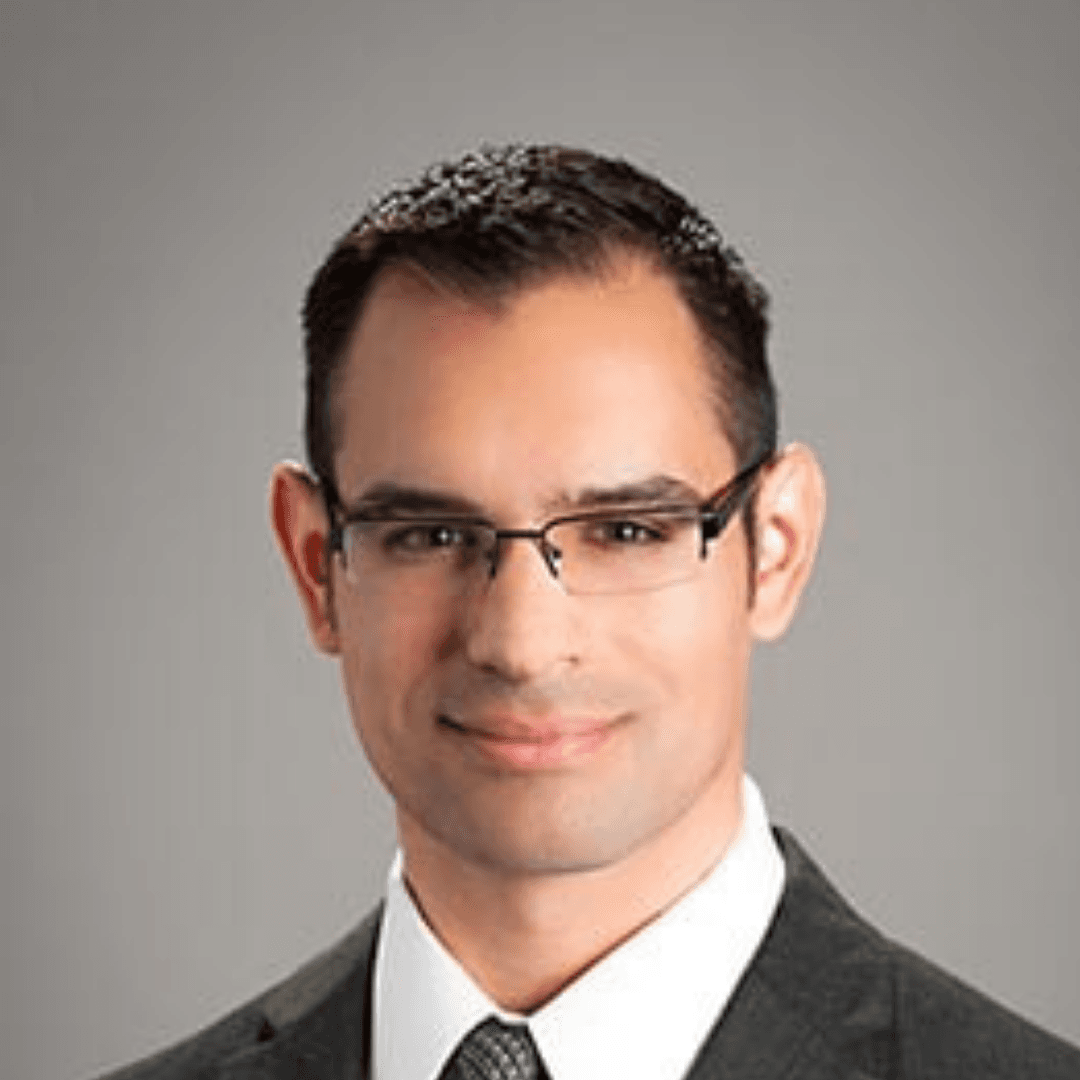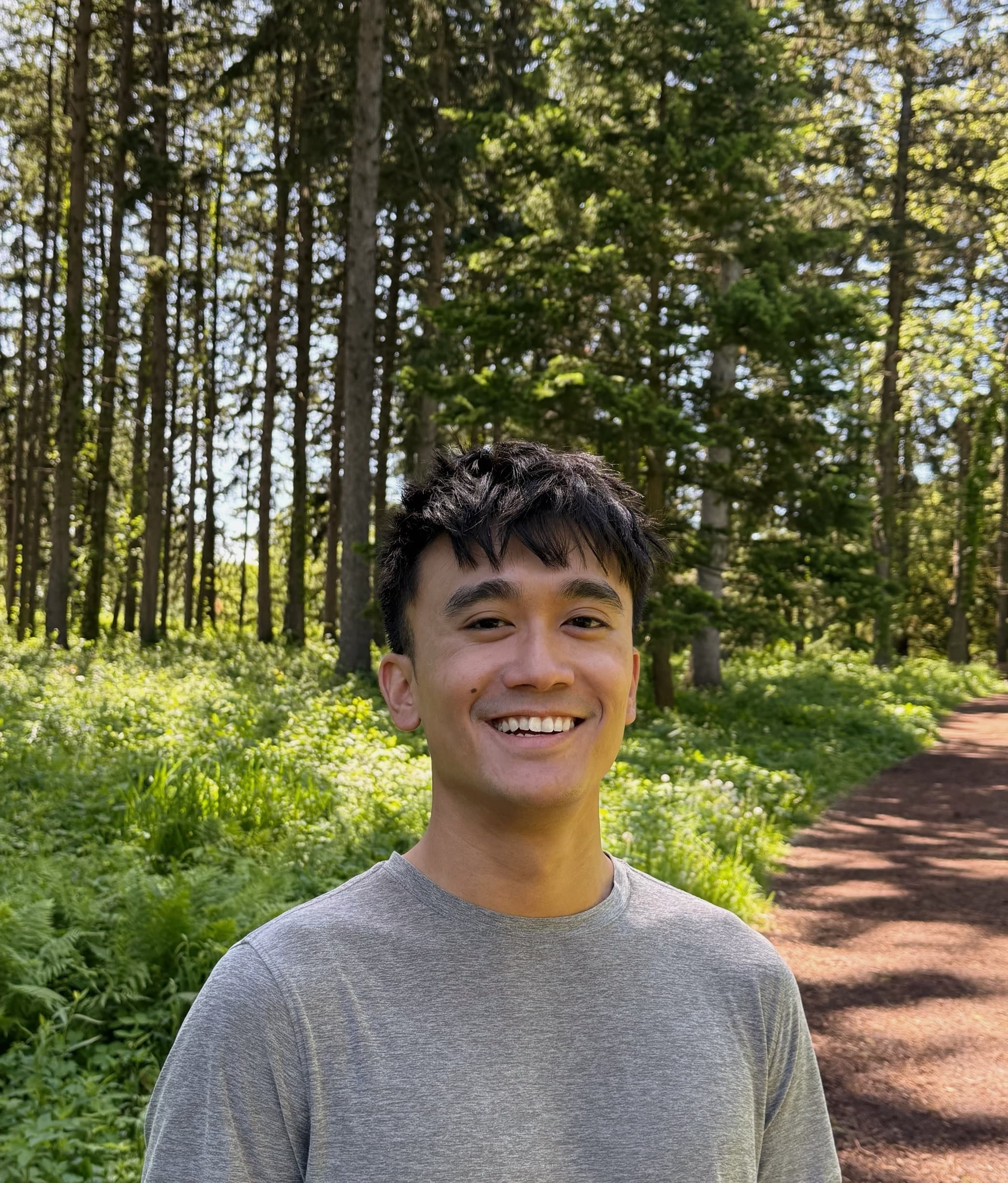Overview
What is obstructive sleep apnea?
What are the main signs and symptoms of obstructive sleep apnea?
How is obstructive sleep apnea diagnosed?
What are some of the main medical treatments for obstructive sleep apnea?
Have any supplements been studied for obstructive sleep apnea?
How could diet affect obstructive sleep apnea?
Are there any other treatments for obstructive sleep apnea?
What causes obstructive sleep apnea?
Examine Database: Obstructive Sleep Apnea (OSA)
Research FeedRead all studies
Evaluating nondrug sleep apnea therapies
In this network meta-analysis of 197 trials in 15,931 adults with sleep apnea, positive airway pressure (e.g., CPAP) was the most effective of 25 nondrug interventions for improving symptoms of obstructive sleep apnea.
For obstructive sleep apnea, lifestyle changes improve sleep quality
Is carbohydrate intake associated with sleep apnea?
Time-restricted eating vs. calorie restriction for sleep with obesity
Can Chinese Herbal Medicine improve obstructive sleep apnea?
Frequently Asked Questions
How are sleep studies performed?
References
Examine Database References
- Sleep Quality - Motlaq TM, Rahimi B, Amini SEffect of melatonin on insomnia and daytime sleepiness, in patients with obstructive sleep apnea and insomnia (COMISA): A randomized double-blinded placebo-controlled trial.J Pharm Health Care Sci.(2024 May 30)


